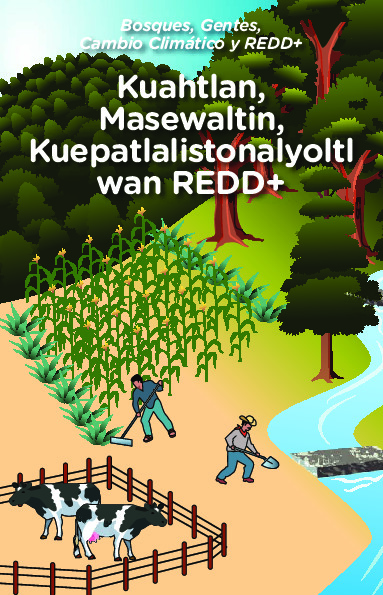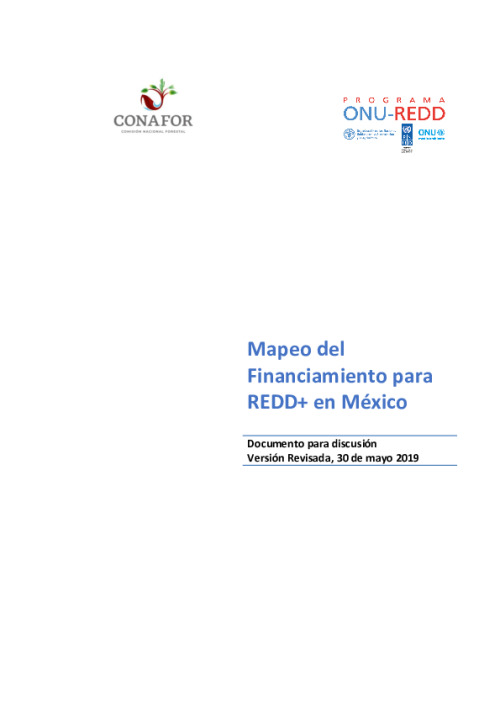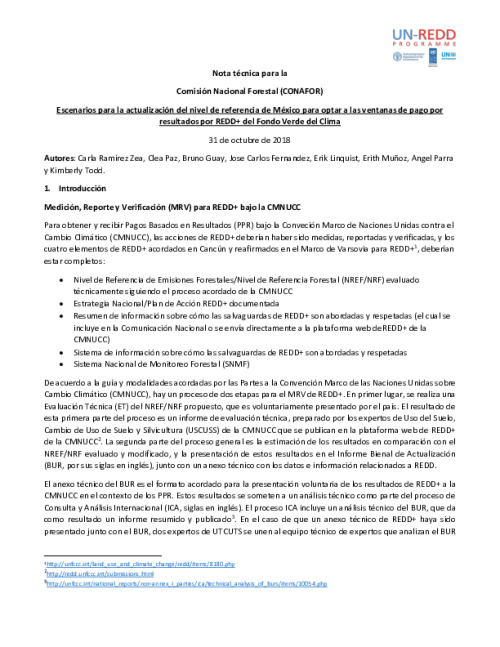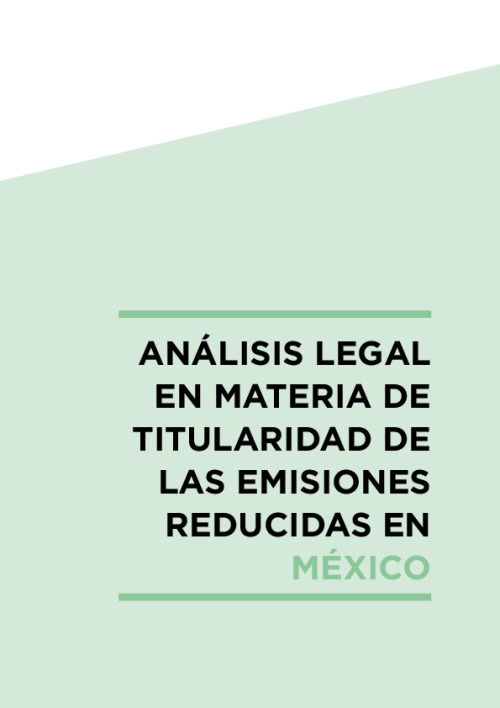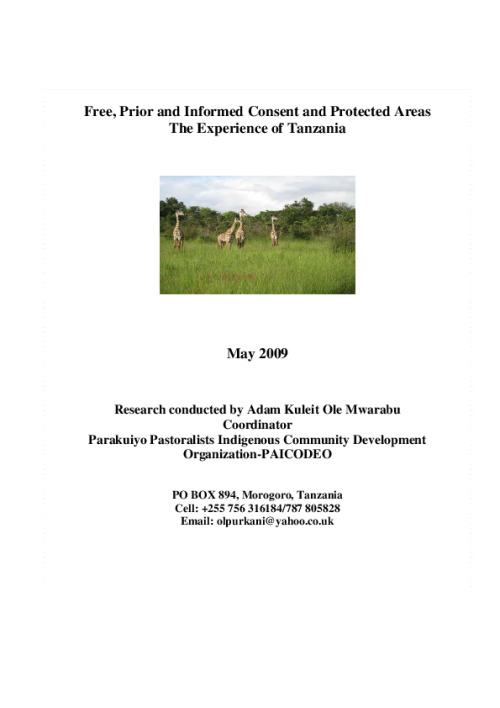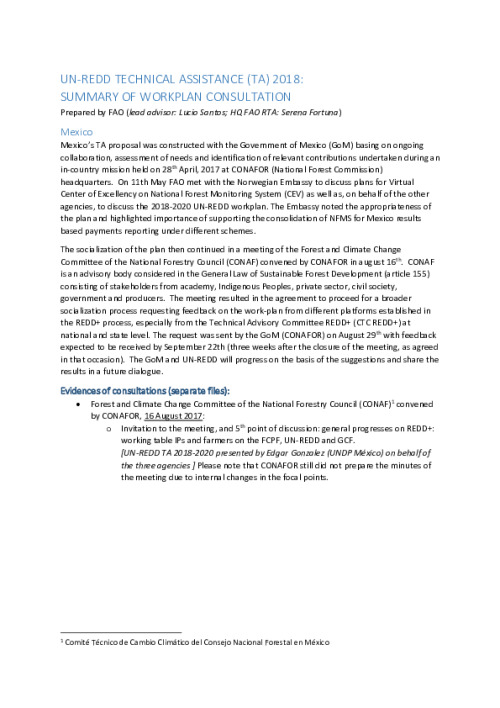NS/AP: UN-REDD provided technical inputs, in line with Mexico’s National REDD+ Strategy, to the new strategy for financing the forestry sector developed by the National Forest Commission (Comisión Nacional Forestal, or CONAFOR).
NFMS and MRV: Mexico continued to improve its NFMS, including the use of sample-based estimates of deforestation and exploring alternative algorithms.
FREL: Mexico submitted a revised and enhanced FREL in early 2020, technically supported by UN-REDD, improving the calculation of activity data and uncertainties. The review has not been concluded and Mexico expects to submit a modified FREL in early 2021.
SIS: Mexico has progressed in updating its SIS and has published a series of safeguards tools in plain, accessible language to improve access and understanding by local communities. Furthermore, it has advanced updating the contents needed for state safeguards plans, including defining approaches to collect safeguards information at state and national levels to feed into an updated SIS. This was discussed and reviewed with key stakeholders during a workshop titled ‘Strengthening the REDD+ SIS’ in June 2020.
The Programme has informed Mexican authorities about finance mobilization plans such as the GCF REDD+ RBP window, providing inputs on safeguards requirements and sharing other countries’ experiences
Mexico submitted its revised NDC in late 2020, reinforcing the role of the NS to meet its zero net deforestation target by 2030 and contribute to its unconditional (-22%) and conditional (-36%) mitigation targets, relative to estimated business-as-usual emissions levels.
Access to RBP schemes has been limited by the lack of sufficient clarity on carbon rights and benefit-sharing arrangements, which also led Mexico to withdraw from the FCPF’s Carbon Fund. In response, a legal reform bill is under review in Congress. UN-REDD support has been requested to advance the legal reform and its implementation, but approval is still pending and expected in 2021.
Interest by states continues to expand, including from states covered by the BioCarbon Fund’s Initiative for Sustainable Forest Landscapes proposal. The proposals for Window B (innovation funding window) under the GCFTF initiative supported by UNDP were reviewed by UN-REDD including recommendations for alignment between the REDD+ efforts at the state level and the national REDD+ framework.
Mexico has also adjusted its timeline to prepare and submit its BUR and REDD+ Technical Annex, to which UN-REDD will provide technical assistance. Both will be presented in 2021.
An assessment of the barriers to financing REDD+ compatible activities from the perspective of financial intermediaries was shared and presented to CONAFOR on 18 December 2020, identifying actions to address both real and perceived risks.
The Programme facilitated South-South collaboration on sustainable deforestation-free cattle ranching between Mexico, Panama, Colombia, Ecuador, and Paraguay. Mexico has advanced in restructuring the Virtual Centre of Excellence for National Forest Monitoring to other topics related to the monitoring and implementation of forest actions. On MRV, UN-REDD co-organized and participated in specific webinars to share best practices related to deforestation estimates, FRELs, and REDD+ Technical Annexes.
Despite COVID-19 restrictions on meetings, UN-REDD maintained progress by providing support via online platforms, including virtual missions.
CONAFOR has continued to experience budget reductions, which, added to 2019 reductions, have further limited its operational capacity.
Partly as a result of COVID disruptions, a number of products have been rescheduled for 2021 (FREL, BUR, and REDD+ Technical Annex). The approval of legal reforms that are critical to unlocking carbon rights issues is also pending. In line with this, such activities will be supported in 2021.
Mexico withdrew from the FCPF’s Carbon Fund but is proceeding with the Initiative for Sustainable Forest Landscapes, coordinated through CONAFOR. The Programme will consider this work to ensure synergies.
UNDP’s direct support for the Governor’s Climate and Forest Task Force activities in Mexico has facilitated coordination and alignment with UN-REDD support.
